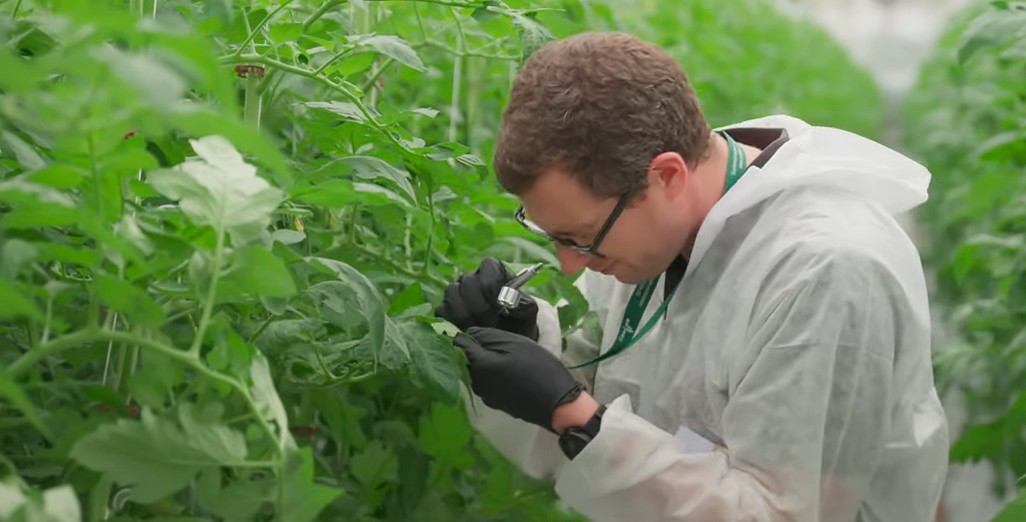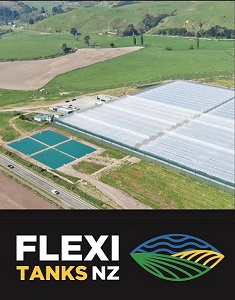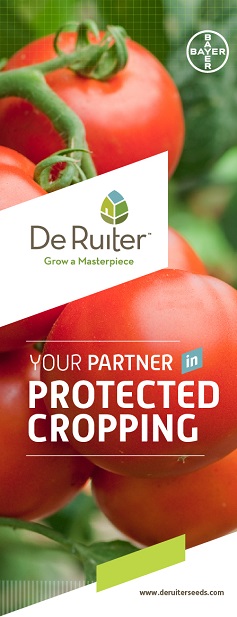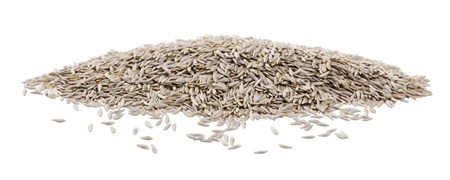Sign up here to subscribe to the Grower2grower Ezine. Every two weeks you will receive new articles, specific to the protected cropping industry, informing you of industry news and events straight to your inbox.
Jun 2020
Blueberries – Covered Cropping
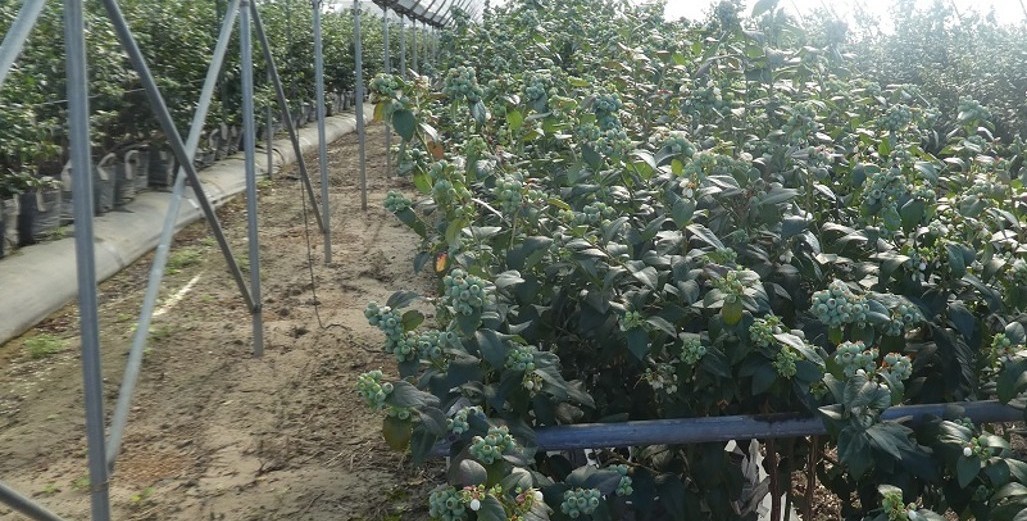
Land use fact sheet Tupu.nz
Blueberries have traditionally been grown outside in free draining soils, but the move to growing under cover has tremendous growth opportunities.
Low tech tunnel houses let work continue regardless of the weather. Fruit is kept dry and picked rain or shine. Spraying is easier and you don't need as much chemical, as there's little or no spray drift. Pests and diseases can be controlled more effectively. Water and nutrition can be managed to provide the highest yield and the best quality fruit, improving returns for the landowner.
Tupu.nz recently released a land use fact sheet regarding covered cropping of Blueberries. Grower2Grower supplied much of the information for this fact sheet. Recently Miro, a company based in the Bay of Plenty, has seen a large expansion in the covered cropping of blueberries using low tech structures.
From figures Grower2Grower obtained there is (approximately) seven hundred hectares of blueberries currently grown outdoors in NZ. My prediction is that the growth in covered cropping of blueberries will grow rapidly. The structures used will mainly be lower tech structures with some high-tech facilities growing for ‘off peak’ winter production. The more this industry matures, and if export markets expanded and values increased, then I predict, like the greenhouse vegetable market, that the industry, technologically will evolve.
Below are links that may interest you if you are already an established blueberry grower or if you are considering a move into this industry.
Well done to Tupu.nz for their fantastic work in promoting the different and diverse options for landowners. In the future for blueberries and as other covered cropping industries expand, I fully expect the fact sheets to evolve with continued change and growth of this wonderful, sustainable industry.
https://www.tupu.nz/en/fact-sheets/blueberries-covered-cropping
https://www.miroberries.com/miro-blog/2019/1/31/miro-pnui-february-2019
I appreciate your comments. Please feel free to comment on the grower2grower Facebook page:
https://www.facebook.com/StefanGrower2grower/
Article Written and compiled by Stefan Vogrincic, Consultant, Grower2Grower
Article Edited by Marie Vogrincic, Editor, Grower2Grower
CLASSIFIED
Subscribe to our E-Zine
More
From This Category
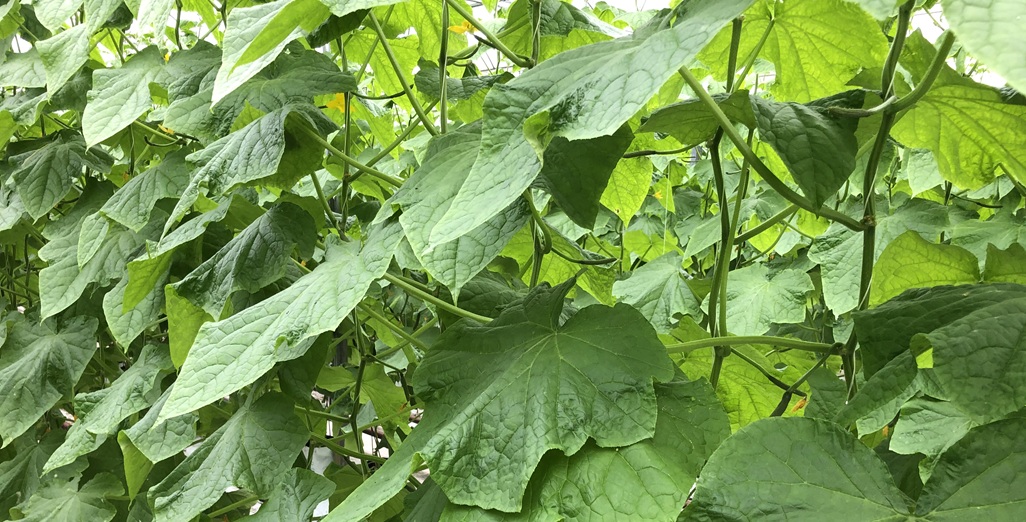
EPA – New reporting and notification requirements are coming in 2026

Skytree, a pioneer in direct air capture (DAC) technology, announces its official market entry into New Zealand.
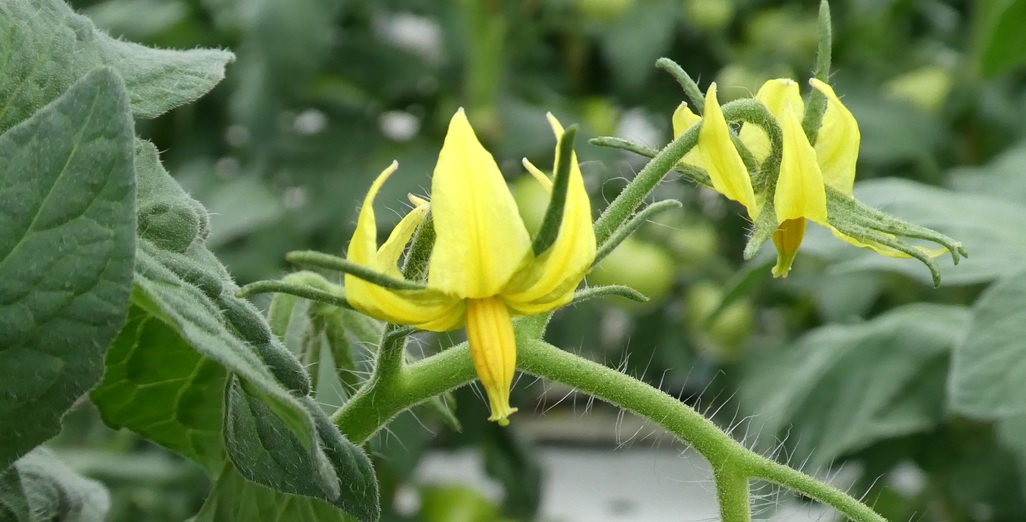
Celebrating 200 Editions of Grower2Grower: A Milestone for Our Growing Community

Metazet investigates chemical resistance of cultivation gutters: material choice crucial under stricter cleaning protocols
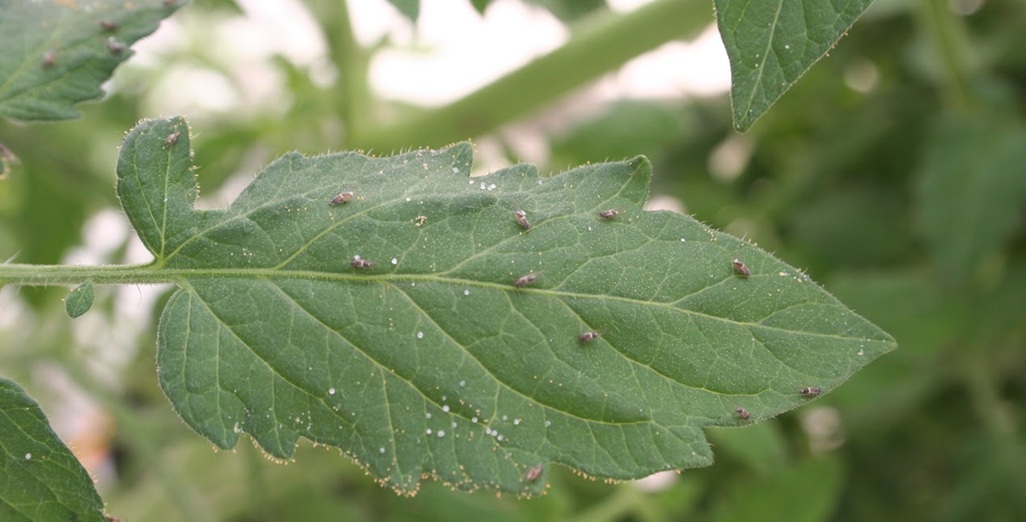
Tomatoes biocontrol focus of new podcast series
